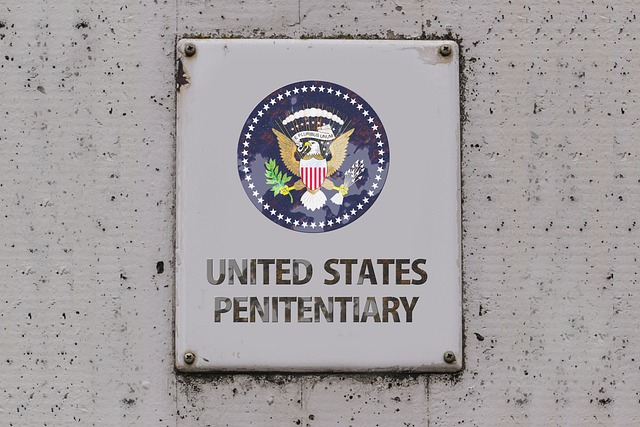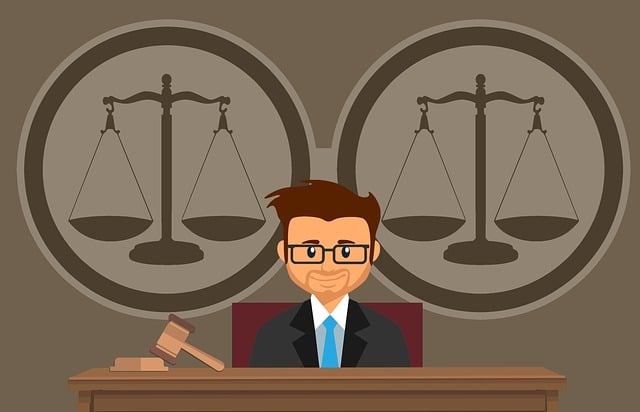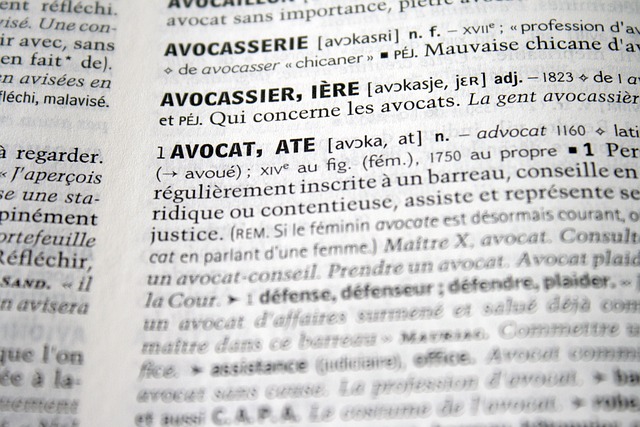Millennial DUI Awareness Campaigns target the generation born between the mid-1980s and early 2000s, addressing higher DUI rates due to increased alcohol marketing exposure and younger substance experimentation. Using modern communication channels like social media and digital platforms, these campaigns educate young people about impaired driving risks and consequences, fostering responsibility. Effective strategies include leveraging Instagram, TikTok, influencer marketing, real-life testimonials, and community initiatives. Success is measured by tracking behavioral changes, knowledge, attitudes, and long-term trends in teen drinking and driving statistics.
“In the ongoing battle against drunk driving, a significant concern emerges from the millennial generation’s behaviors behind the wheel. This article delves into the unique challenges posed by Millennial DUI (driving under the influence) incidents and explores effective strategies for prevention. We analyze the ‘Understanding the Millennial DUI Problem’ to uncover key factors contributing to this trend. Furthermore, we present practical ‘Millennial DUI Awareness Campaign’ ideas and discuss metrics for measuring the success and long-term impact of these initiatives.”
- Understanding the Millennial DUI Problem
- Strategies for Effective Millennial DUI Awareness Campaigns
- Measuring Success and Long-Term Impact of Prevention Efforts
Understanding the Millennial DUI Problem

The issue of driving under the influence (DUI) among millennials has become a growing concern for authorities and safety advocates. Unlike previous generations, who may have had more limited access to alcohol and fewer opportunities for unsupervised driving at young ages, millennials face unique challenges that contribute to higher DUI rates. This generation, born roughly between the mid-1980s to early 2000s, often has increased exposure to alcohol marketing and social pressure to experiment with substances from a younger age.
Millennial DUI Awareness Campaigns play a vital role in addressing this problem by educating young people about the risks and consequences of impaired driving. These campaigns leverage modern communication channels, such as social media and digital platforms, to reach millennials where they are most active. By focusing on peer-to-peer education and sharing real-life stories, these initiatives aim to foster a culture of responsibility and awareness among millennials, ultimately reducing the instances of early DUI.
Strategies for Effective Millennial DUI Awareness Campaigns

Millennial DUI awareness campaigns require a strategic, multi-faceted approach to be effective given the unique cultural and behavioral traits of young adults. Engaging social media platforms like Instagram and TikTok can be pivotal in reaching this demographic where they gather and consume content. Using interactive elements such as challenges or contests that promote responsible drinking while incorporating humor and relatable scenarios can capture their attention. Influencer marketing, leveraging popular figures among millennials to share their personal stories of avoiding alcohol-related risks, has proven powerful in shaping young people’s perspectives.
Moreover, campaigns should emphasize the immediate consequences of DUI, shifting focus from potential future penalties to personal safety and well-being. Leveraging real-life testimonials from peers who have faced the repercussions of impaired driving can be a strong motivator for change. Incorporating educational components that highlight the impact of alcohol on decision-making abilities and coordination can further reinforce the message. Community-based initiatives, like hosting events or workshops focused on responsible revelry, can also foster a culture of awareness and accountability among millennials.
Measuring Success and Long-Term Impact of Prevention Efforts

Measuring the success and long-term impact of youth prevention initiatives aimed at stopping early DUI (drunk driving under influence) is a multifaceted process. Effective Millennial DUI Awareness Campaigns go beyond immediate numbers, such as attendance or social media engagement. They aim to instill lasting behaviors and attitudes that discourage underage drinking and safe driving. One way to gauge success is by tracking changes in knowledge, attitudes, and self-reported behavior over time. Surveys before and after campaigns can reveal shifts in understanding the risks of DUI and personal commitment to responsible decisions.
Additionally, observing long-term trends in teen drinking and driving statistics provides concrete evidence of campaign impact. Reduction in Millennial DUI incidents, early identification of at-risk behaviors, and sustained participation in safety initiatives indicate that prevention efforts are making a significant difference. Such data can help refine future campaigns, allocate resources effectively, and demonstrate the value of investing in youth awareness programs.
Millennial DUI awareness campaigns, focusing on early intervention and education, are essential strategies to combat rising alcohol-impaired driving among young adults. By implementing targeted initiatives that resonate with this demographic, we can effectively reduce drunk driving incidents and promote safer choices. Measuring the success of these campaigns through data-driven methods ensures their long-term impact, fostering a culture of responsibility and saving lives on the road.






